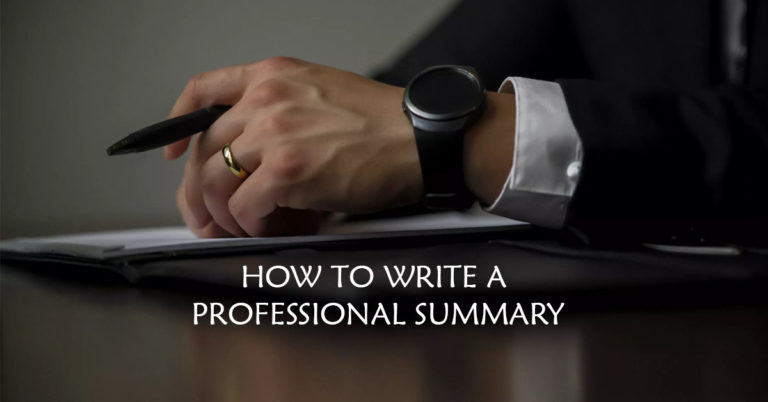Posted on June 23rd, 2020

Let’s see look at how you are going to develop trust and influence. Active participation is a communication process that enables you to enhance the way you communicate with your clients and candidates by adjusting your Style of Speaking, Body Language, and Sensory Close to matching the wavelength of your candidate/client. This needs to be done proficiently so that the candidate/client gets a feeling of familiarity with you and Bonding & Rapport can begin. Active participation has three components:
Imagine a circle, we’ll call it the Communication Pie Graph, now cut that pie into three unequal slices what you have now are the three elements of communication. 55% of the communication pie is called the Physiology, physiology is the body. When someone tells you that your actions speak louder than your words, they are talking about your physiology. 38% of the pie is Tonality, tonality isn’t about the words you say but how you say them. Only 7% of the communication pie is Verbal or the actual words that you use.
So what does all this mean when you deal with your candidates or clients? Well, most people choose their words carefully in an attempt to send a message across, these words only account for 7% of the communication. How you speak those words, your Tonality, Volume, Tempo, Rhythm, and Pitch account for 38% of communication. That is, how you deliver often carries more meaning than the actual words you use, remember mothers admission, don’t speak to me in that tone of voice. The remaining 55% of communication is the result of your Physiology, sometimes referred to as Body Language and includes Facial Expressions, Eye Contact, Posture, Stance, Composure, Movements, and Breathing Patterns. It’s interesting to know that when you are face to face with your client /candidate, over 50% of your message you send them is the result of your non-verbal communication. If I were to ask you, how do you develop rapport when you meet with a client /candidate...? Now, most of you would say, well I would look for some sort of commonality, I look for a picture or a memento in the client office, I look at what they are wearing or I talk about the weather. In this scenario of a face-to-face encounter, content is only 7% of communication. Most of us leave behind and never use 93% of effective communication, effective rapport.
Let’s examine this 93% of communication Physiology and Tonality. Use this knowledge to empower both your professional selling skills and your life:
55% of the Total Communication is Physiology: How does Physiology enable you to establish Rapport, Well you can control your body, which will in turn control your nervous system. The way you make phone calls will affect the outcome of those calls and your closures. For example: If you are hunched over while talking on the Telephone, head down looking at you’re appointment book. Chances are you may sound depressed while talking to your clients/candidates. Let’s try something, put yourself in a very depressed mood, think of something very very depressing, and look at the way you are standing? You’re probably hunched-over, your shoulders moved forward and head down. Understand that your posture determines the way you feel about your environment. If you were to stand upright, put your shoulders back and chin up, you won’t have the same negative thoughts.
Therefore, your Physiology can help you to think more positively, but how can you use physiology when you are with Clients/Candidates. How do you use that 55% of the communication pie effectively? You must make sure that your body language is not sending any unintended message to your Clients/Candidates. If your posture is intimidating, you’ll make the Client/Candidate feel Not OK. Use your facial expressions to let the person know that you are genuinely concerned and interested in them, because if not your body language which will communicate loudly to your Client/Candidate that you’d be rather somewhere else. If your gestures are wild and all over the place then the Clients/Candidates will not be comfortable with you. Be sure your physiology is communicating the proper message that you want to send and in a style that the Client/Candidate is comfortable.
38% of the communication pie is Tonality: Tonality is how you use your voice. If you’re communication-style is to talk fast, loud, and with poor enunciation, but your Client/Candidate’s communication style is to talk slower, softly and with impeccable enunciation, then rapport is difficult to achieve. There is no common communication style in this interaction and the Clients/Candidates may feel uncomfortable with you. To overcome this type of situation, try to be relaxed and friendly when you call Clients/Candidates. Have you ever had someone called you and you just knew that they were just uptight and nervous, just by the way they spoke? Their tonality was harsh, their voice was tight, and you knew that they were frightened. Most people receiving that type of call would get uptight and nervous as well. In the sales industry, it’s called the Doberman Principle. For Example: The Doberman principle says that when you walk into a room and you’re face to face with a Doberman, the dog senses that you are uncomfortable and he becomes uncomfortable too. However, if you go into the same room with the same dog with a relaxed composure, he’ll come right up to you wagging his tail. He senses that you are at ease and his defense level goes down. The Doberman Principle can be used with your Clients/Candidates.
To improve communication, you can engage in active listening, which is the process of understanding the speaker’s message by attending to it and reflecting, what the listener believes that the essence of the message. It sounds simple enough but in fact, active listening requires considerable concentration and practice to master. The reflected behavior at its most basic involves simply receiving the message and providing the speaker with feedback. That feedback may include the content, as the listener understands it. It may also contain indications that the receiver not certain of the meaning, in which case the listener may attempt to confirm the speaker‘s intent. Imagine that the listener is like a flat mirror that reflects without distortion the message from the speaker. The purpose of active listening by reflecting is to be certain by the message received is the message sent. When a listener engages in this aspect of listening it often has the effect of an increase in the sense of rapport between the speaker and listener because of the effort to understand. The two basic ways to reflect the speaker’s message are restatement and paraphrasing, these techniques are just what they sound like, simply restate the speaker message or paraphrase using different words to confirm the message you thought you heard using phrases such as It sounds like or I heard you saying, is that right..? Are intentionally tentative, so that the speaker can either confirm or correct the listener’s understanding of his message. Be sure to pause in speech and body language after using these types of phrases. Your pause will be an invitation for the speaker to comment, your attention to active listening is a valuable skill to increase your Clients/Candidates sense of rapport and trust.
#communicationtips #physiology #bodylanguage #commonality #Tonality #activelistening #eyecontact #posture #stance #breathingtechniques #verbal #bonding #rapport #w3global
 It isn’t What you say, It is How you say is called Communication
It isn’t What you say, It is How you say is called Communication Bonding + Rapport = Strong Pipeline
Bonding + Rapport = Strong Pipeline Empathy Need of the Hour
Empathy Need of the Hour W3Global, Inc. unveils New Logo and Redefines Staffing Strategies
W3Global, Inc. unveils New Logo and Redefines Staffing Strategies Ways To Survive The COVID-19 Crisis
Ways To Survive The COVID-19 Crisis Can’t wait for this moment
Can’t wait for this moment How to answer “why work here?” question like a boss
How to answer “why work here?” question like a boss Let never a “Video interview” invitation ever bother you anymore…
Let never a “Video interview” invitation ever bother you anymore… The Science Behind Effective Resume Bullet Points: Strategies That Get Noticed
The Science Behind Effective Resume Bullet Points: Strategies That Get Noticed How to make your Hiring manager think that they are crazy if they don’t hire you
How to make your Hiring manager think that they are crazy if they don’t hire you How to write a Professional Summary that will WOW hiring managers!
How to write a Professional Summary that will WOW hiring managers! How to catch the hiring manager’s attention from the get-go
How to catch the hiring manager’s attention from the get-go How to avoid rejections from HR Managers or Recruiters
How to avoid rejections from HR Managers or Recruiters How to grab a Recruiter’s attention by changing just 5 things in your resume
How to grab a Recruiter’s attention by changing just 5 things in your resume